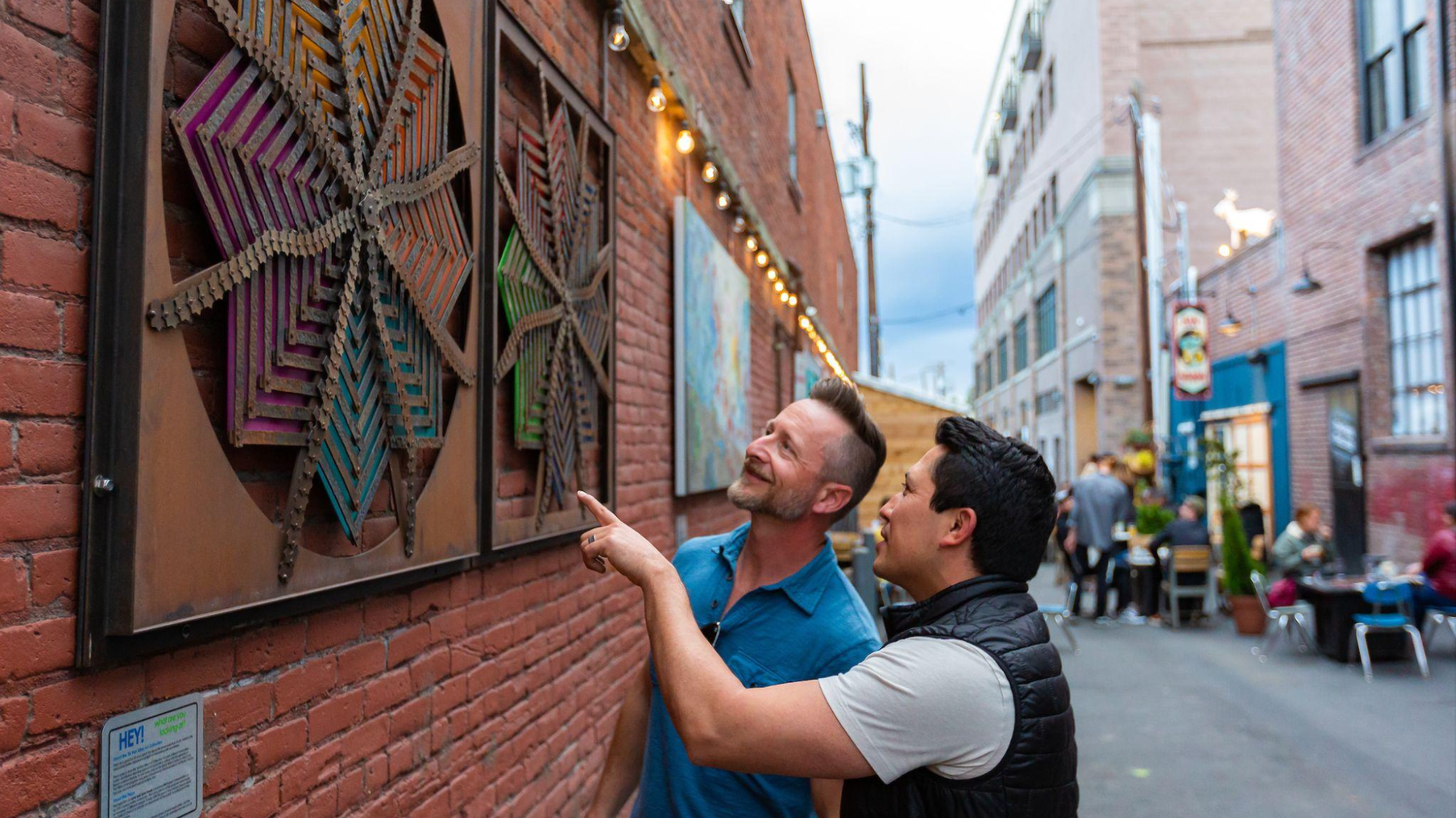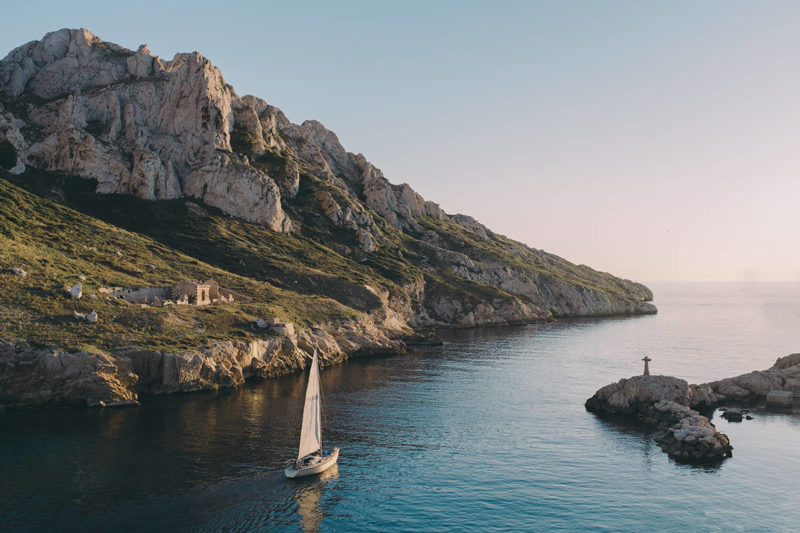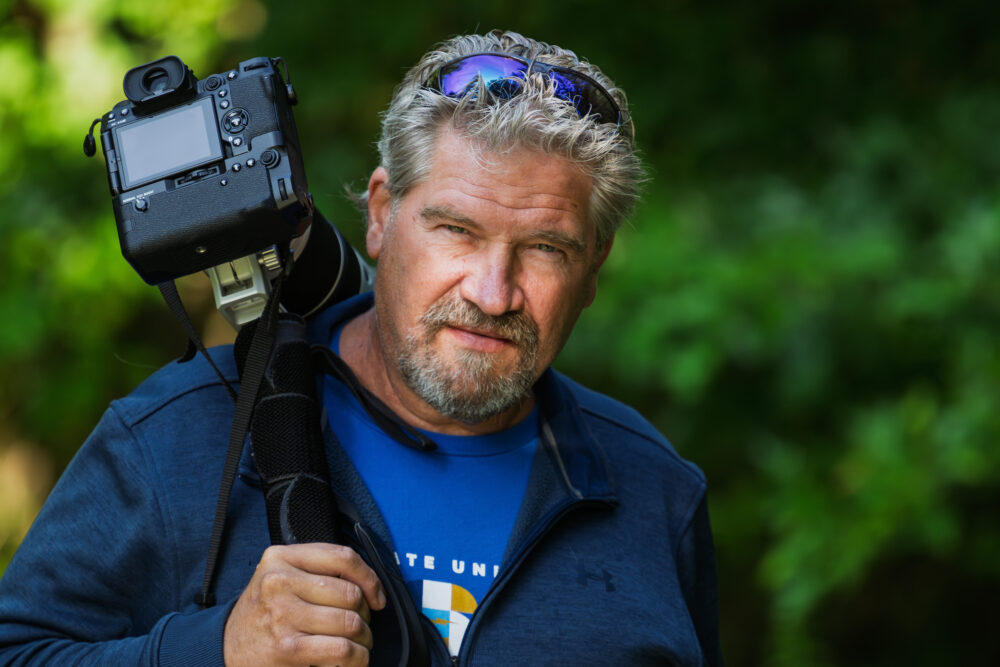Travel is inherently visual, and that means travel brands have a prime opportunity to engage audiences with stunning photos and videos. But where to start? Check out these 7 tips for improving your travel brand’s visual content marketing, from studying the trends to sharing visual content across platforms.
1. Leverage high-quality photography.
Stunning photography is proving to be one of the top ways that hotel and travel brands can attract more guests, increase bookings, and drive revenue. The numbers speak for themselves:
- According to Hospitality.Net, hotels that have a significant number of high-quality photos on their websites see a 15% increase in conversion rates.
- According to TripAdvisor, properties with at least one photo see a 138% increase in engagement, and are 225% more likely to receive a booking inquiry. (Those with over 100 photos see a 151% increase in engagement and are 283% more likely to see a booking inquiry).
- According to a 2,000-response survey of what travelers want to see from hotels, three of the most impactful deal breakers for most travelers are bland and unappealing hotel rooms, non-aesthetic food photos, and boring content presentation.
2. Source authentic visual content.
Stories about your brand are unfolding every day. It’s important to have an open line of communication with your team members and your customers so you can turn those stories into visual content, whether it’s professionally produced or user-generated content.
Visit Bend works with real people (and sometimes their dogs!) to capture them in photos/videos doing what they love to do together, with a focus on creating authentic, inclusive, and diverse visuals. Their program has achieved an organic reach of over 2 million, over 100k likes, and an ROI of 227%.

3. Centralize and organize your content.
To get the most return on your investment in visual content, your assets have to be easily accessible. If you can quickly find and share content, you can use it across platforms, even on a tight deadline.
Check out this webinar with Megan Conway, Multimedia Specialist & Digital Media Archivist at National Aquarium, and Kelley L. Cox, Managing Director & Photographer at KLC fotos, for a special inside look at how these brands store, organize, and share media with a centralized DAM solution.
4. Make sure your website is visually engaging.
On-brand imagery, engaging design, and authentic content makes a big impact when customers are researching tourism websites. With simple design tools like Canva, creative teams have a self-service option for creating visually appealing design elements for their websites and social media channels.
Integrating Canva with your digital asset management system allows you to streamline the process, stay on-brand, and put your best foot forward for potential customers.
5. Use visual content across platforms.
Travel brands use visual content on their websites, blogs, social media, print publications and more. Creating and publishing content that you use across all platforms improves brand consistency, establishes credibility, and reinforces brand trust, which will help in influencing would-be travelers when they decide to book.
A report by Marq (Lucidpress) shows that consistent brand presentation across all platforms can increase revenues by up to 23%.
6. Share content with partners.
When your travel brand partners with other organizations, your content can have a broader reach and a more stronger impact. Check out this case study on Visit Greenland that highlights how sharing content with partners can have a powerful ripple effect:
Case Study: How Visit Greenland is Reclaiming Its Storytelling with Digital Asset Management
7. Experiment with video and events.
Video marketing has become increasingly prevalent in the hospitality industry due to its ability to captivate audiences and showcase the unique offerings of hotels, restaurants, resorts, and travel destinations. A 600% increase in the time people spend watching travel videos on YouTube shows this medium is a meaningful part of decision making.
Events are another way to produce your own content, work with influencers, source user-generated content and connect with your audience face-to-face. Learn how MATCH Hospitality is leading the way with its real-time visual storytelling at every event: Transforming Your Live Event Photography Workflow



